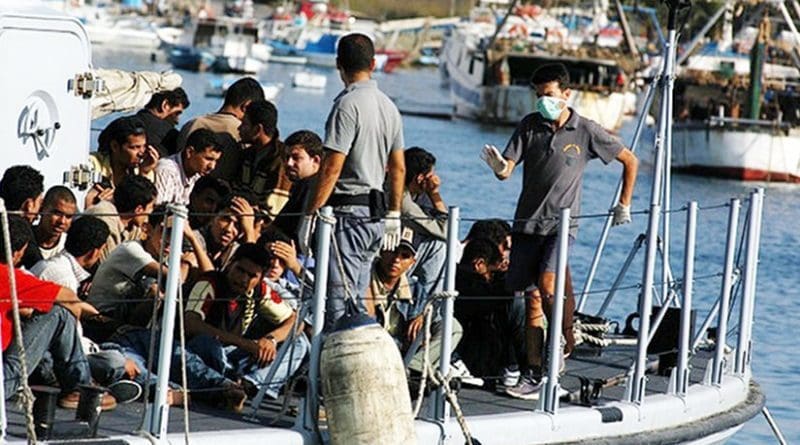Understanding Impact Of Migration On Migrant Families
Pick up the daily newspaper or turn on the evening news and one issue that is bound to make headlines is migration. But despite these headlines, migration in Europe is anything but new – and its impact extends well beyond today’s political rhetoric.
Migration to and around Europe has been occurring for decades and, as a result, the continent’s population is changing and its societies are becoming more ethnically diverse. Although it’s well-known that migrants and their families face many changes when moving from their country of origin to their new home, remarkably little is known about the impact international migration has on the life course of migrants and their families.
To learn more about this impact, the FAMILIFE project investigated the lives of migrants and migrant families both here in Europe and in their country of origin. Research focused on three themes: 1) population dynamics of first and second generation immigrants in Europe; 2) the effect of migration on intergenerational solidarity and family ties; and 3) the effect of migration on the individual life course, comparing the trajectory of a migrants’ life course with that of a non-migrant.
“Migrants are often exclusively studied in their countries of destination, but to better understand life courses and study changes in demographic behaviour, we also need to pay attention to the country of origin,” said project leader Dr Helga A.G. de Valk. “By only focusing on the country of destination, we overlook the importance of these processes and thus wrongly ascribe changes in migrant behavior to adaptation processes in the destination country.”
Here and away
An example of how this difference in demographic behaviour plays out can be seen in the diffusion of divorce patterns in Turkey. Using demographic and health surveys, complemented with data on economic development, FAMILIFE researchers found that divorce in Turkey has become much more common in the past decade. However, this varies substantially by region and the level of changing demographic behavior towards relationships that one is exposed to.
“Looking at the regional context and likelihood of divorce, we found that women who live in a region where divorce is more common are more likely to divorce themselves,” said Dr de Valk. “But a woman’s migration experience also plays a role, with those who have been away being more likely to separate from their partner later in life.”
Dr de Valk adds that although economic development and opportunities are important, the diffusion of cultural norms in the country of origin is clearly more relevant to the observed increase in divorce rates within the Turkish context.
On the other hand, when it comes to intergenerational ties and work-family balance, the country of destination is more important. Here in Europe, the exchange of support between adult children and their parents varies substantially from one country to another. Interestingly, this gradient of support is not only found in the majority population, but is equally reflected among the migrant populations residing in these countries.
“As a result, a Turkish born person in Germany resembles a German born person more than a Turkish person living in the Netherlands,” said Dr de Valk. “This can also be seen in the participation of second generation migrant women in the workforce before and after childbearing, where we see that societies with strong normative ideas on a mother’s labour market attachment result in behaviour among migrant women that is more comparable to the native majority group.”
According to Dr de Valk, this is particularly true in the case of the children of immigrants who are born and raised in Europe, where a clear adaptation to the destination country’s norms is seen.
Showing and telling the migrant experience
Of course this is only a small sampling of the many important insights gained from the FAMILIFE project’s research, all of which have been widely disseminated via an array of presentations, papers and the FAMILIFE website.
Furthermore, to ensure these important findings are communicated to a wider, non-academic audience, the project invited various artists to provide their artistic interpretations of the FAMILIFE research. The result is three short movies and an art exhibition. Each of the movies covers one of the project’s sub-themes, whereas the art exhibition features the artwork of third and fourth year students from The Hague’s Royal Academy of Art.
Source: CORDIS

